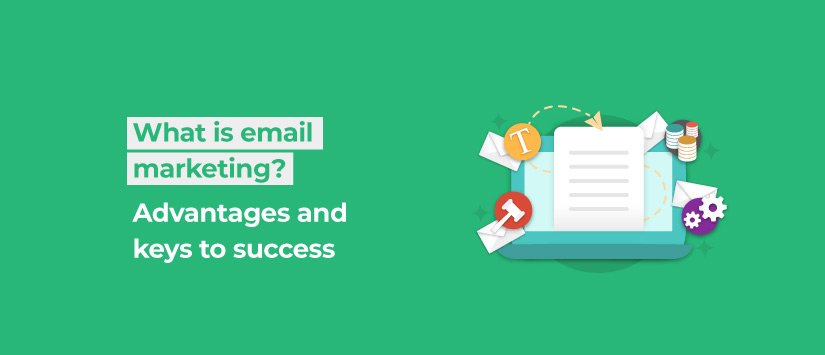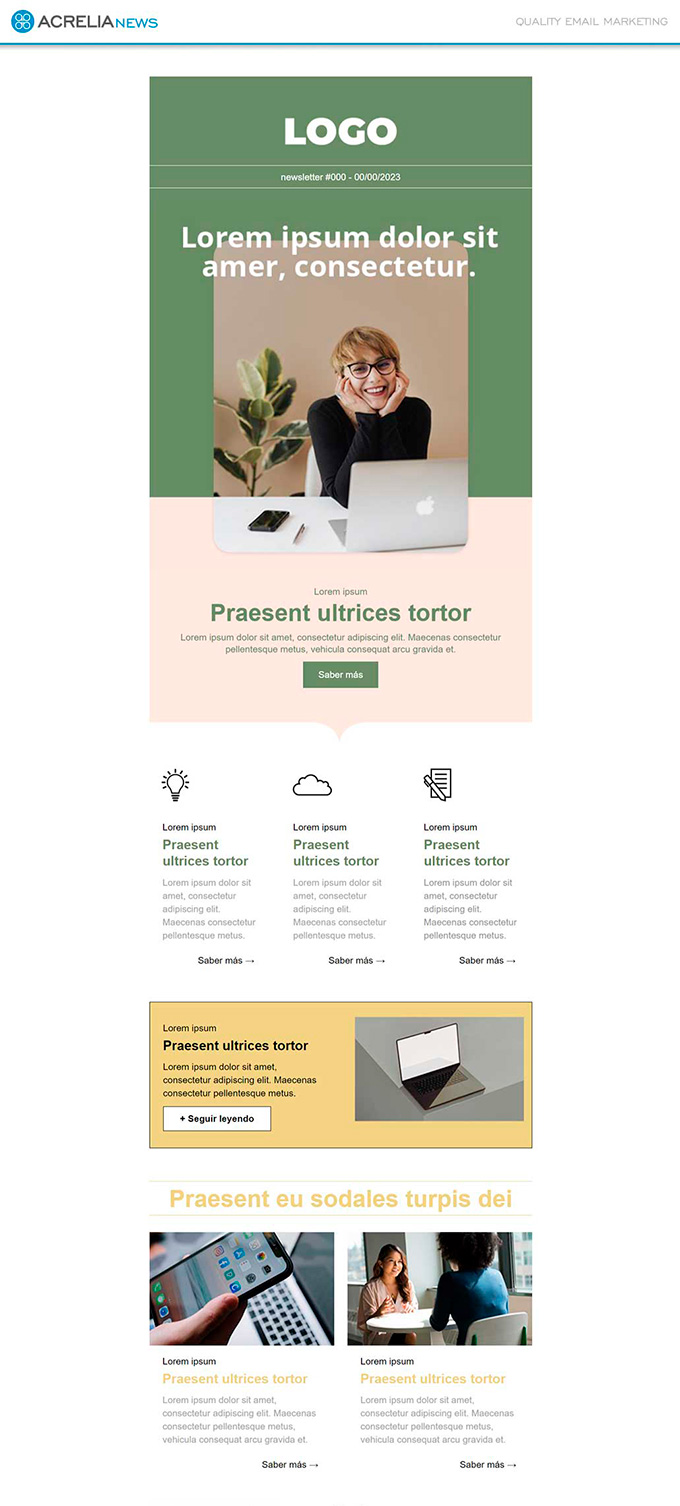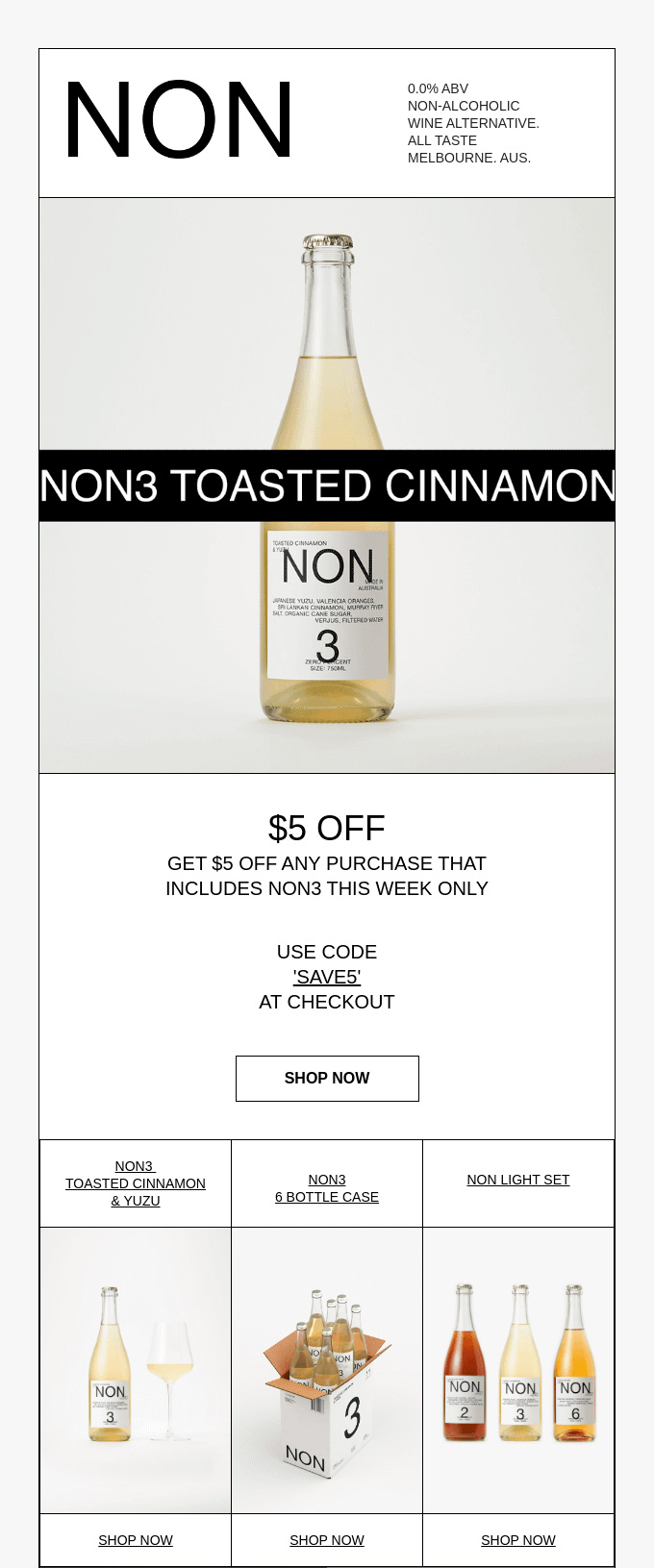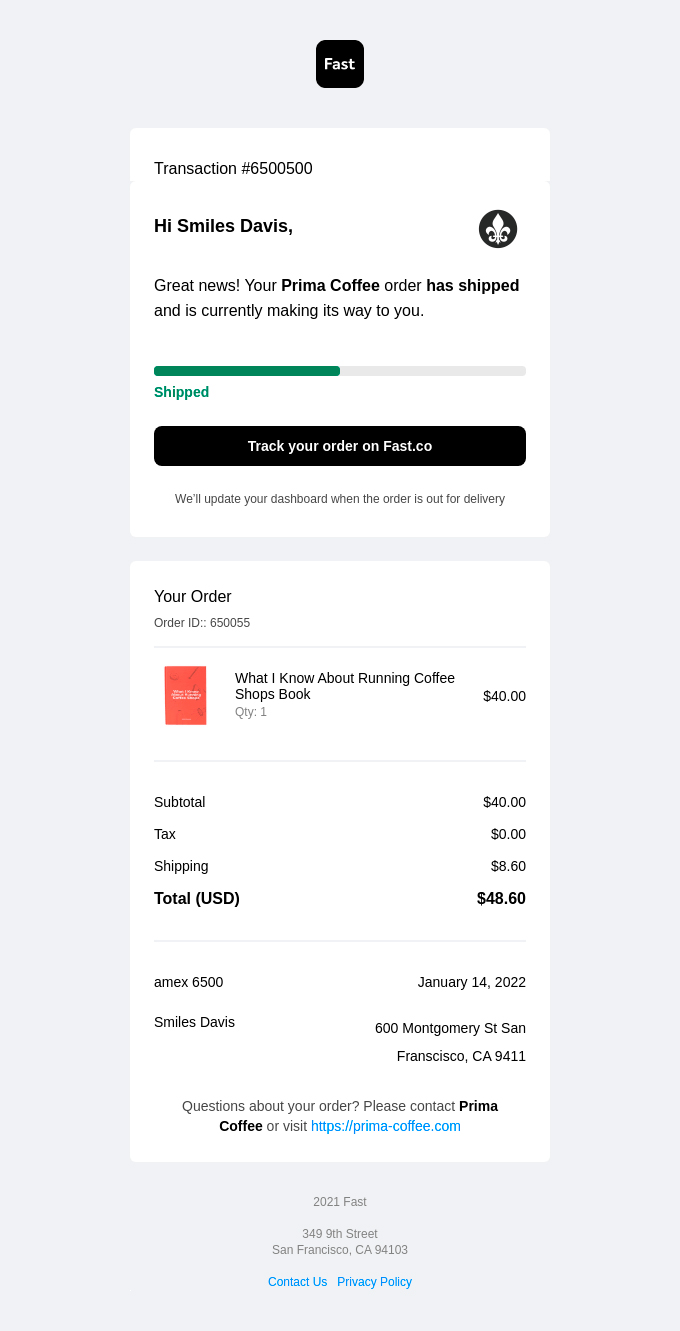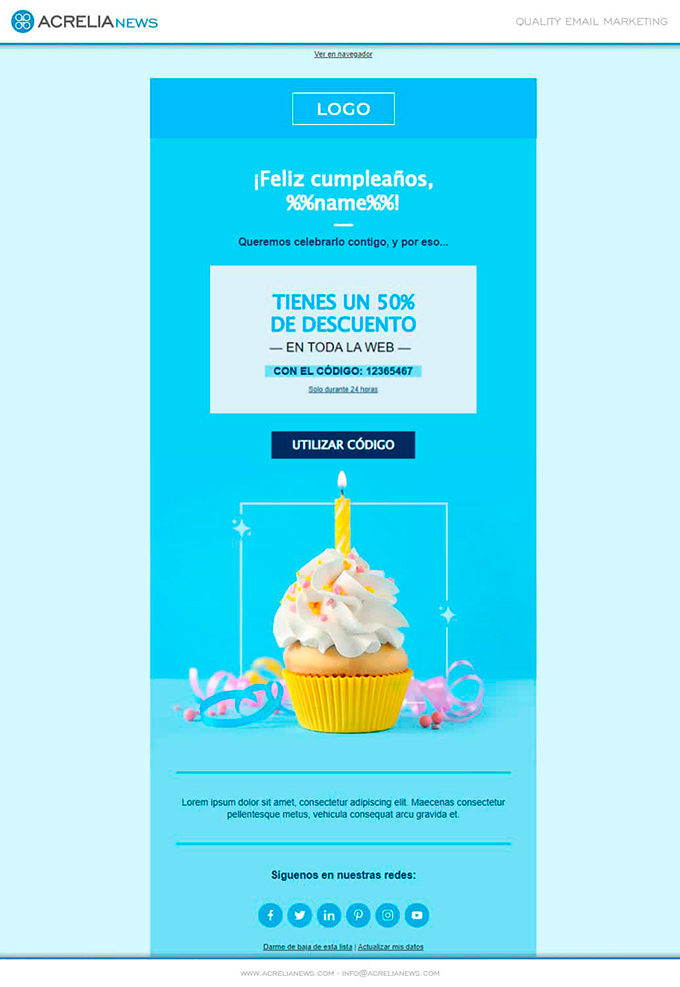Thanks to email marketing, it is possible to advertise products or services to get new customers and retain existing ones, adding value to the business and ensuring a good experience for the recipients of communications.
Types of email marketing
Advantages of email in a marketing strategy
Ten keys to creating campaigns that achieve results
Many messages are sent from marketing and communications departments, both inside and outside the company. Sales and customer service can also send mass or segmented mailings to respond to users. All of them fall within the scope of email marketing, giving rise to a wide range of possibilities:
Email marketing is about choosing the best type of message for each business objective. That's why you need a strategy that plans and schedules each mailing to ensure that you get the most out of it.
Email is one of the most personal channels for engaging with customers and potential customers. Theoretically, social networks are the perfect place for this, but in practice, it is proving that they have not replaced email at all, on the contrary, they have confirmed it as essential.
Thanks to good segmentation, it is possible to choose very precisely who receives each message. This makes it possible to create a real link between sender and recipient by offering them relevant information according to their interests or previous interactions. And, despite sending mass mailings, the level of personalisation allows the recipient to perceive it as addressed to them.
This is one of the strengths of email marketing, its ability to make a mass message personal, but it has many others:
- It covers the entire customer journey: it is possible to communicate with the user at any stage, from the registration form of a landing page to the automatic sending of satisfaction surveys after purchase.
- It informs as much as it converts: it is a channel for keeping up to date, but also for discovering new products to complement those already purchased or gift ideas for a special date.
- Contributes to providing a good user experience: conversion is often the main objective, but do not neglect the other moments where email can be present and gain their trust or be useful to them.
- Build for the long term: A company's reputation is also measured by the size of the community that never wants to miss out on their communications. Giving consent to receive them shows that trust has been earned, more than with a "Like" on social networks.
- It is direct: immediacy is nowadays a relevant factor in notifications, but also in promotions because you can choose the best time to send them to each group of recipients.
- It is for everyone: on the one hand, because anyone has one or more email accounts, but on the other hand, because it is accessible. This means that your entire database will be able to access what you send them, without leaving anyone out because they have vision problems.
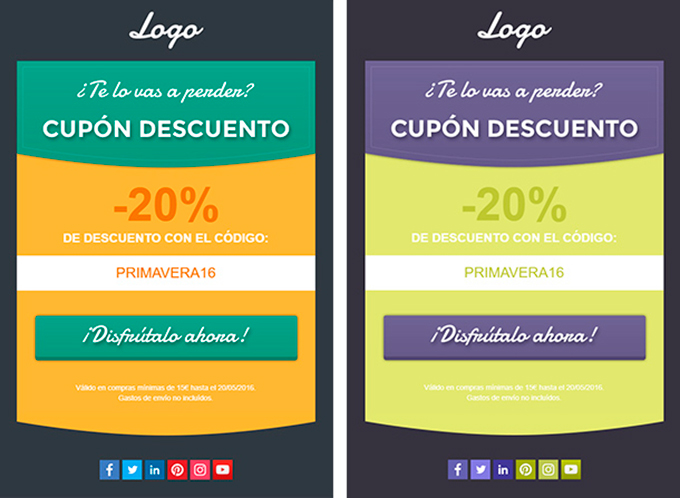
- It is quick to implement: tools are used to import and verify emails, pre-designed templates and form insertion codes that facilitate and save a lot of time so that the set-up is efficient and results can be seen quickly.
- It is measurable: both from the sending platform and the analytics tool already in use, it is possible to have detailed reports on the behaviour of the recipients and the reactions to the messages sent. And in real-time.
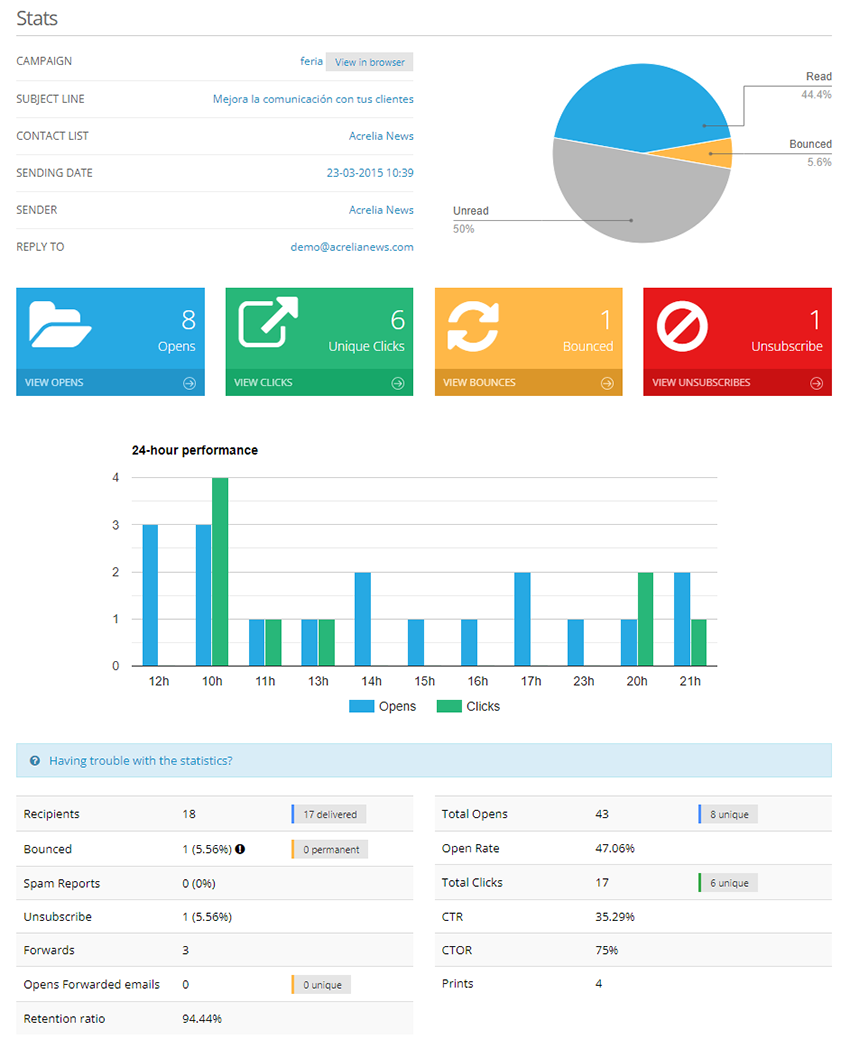
- It is economical: online advertising is cheaper than traditional media, but digital direct marketing is even cheaper because you do not buy space or time, you already have an audience predisposed to listen to what the company is telling them.
Ultimately, email marketing contributes to business growth because it is a cost-effective strategy for the entire company, including internal communication by keeping employee engagement levels high.
At Acrelia we have been helping our customers with their email marketing strategies for more than 10 years. According to our experience, these are the ten keys to getting the expected results with your mailings:
- Comply with the GDPR: Getting email addresses in ways that are not legal is the worst thing you can do. Asking for and respecting consent to send commercial communications is mandatory and essential to gain the trust of your customers.
- Manage your database well: once you have obtained them, take care of them as a valuable resource for your business. Keep the list clean and send re-engagement mailings so that the relationship with users does not get too cold and affect your results.
- Create a strategy: at this point you have to think, not only about planning the different types of mailings you want to do for your business goals but also choose the email marketing platform that will help you get started right, to give you the best support or to cover your back on the technical side.
- Take care of the subject line: spend as much time as necessary, and test and review previous results because this is the main key to opening the message and continuing the magic of email marketing.
- Use a design that represents you: choosing the right template is a way to ensure that recipients will recognise your brand when they open the email. Once you have confirmed your corporate identity, also think about the structure that best serves what you want to say.
- Send only valuable content: if you choose a frequency that you can afford, it will be easier to select messages that are interesting for your contact list and leave aside those that are usually sent just for the sake of compliance. If you provide them with value, they will unsubscribe less.
- Personalise as much as you can: this is one of the advantages of email marketing that contributes most to conversions. From calling them by name to showing them products related to their previous purchases, take advantage of all the information you have to uniquely target each potential customer.
- Segment each mailing: use the possibilities offered by the contact management of your platform to group and tag your database, only then you can select precisely to whom to send your messages and get the content right.
- Calmly analyse the statistics: set aside one day each quarter to review the data to see what you have achieved. Pay special attention to the subject line and the calls to action that have worked best to adjust your next mailings.
- Do an audit at least once a year: there are different types of audits, such as design audits to check the visual part, database audits to ensure a good structure, performance audits to confirm the performance of the campaigns and deliverability audits because you should not neglect the technical part of your campaigns.
Getting started with email marketing is easy if you have someone to guide you through the process so that it is simple and you get results from the first mailing. Do you want to know how we can help you? Request a free demo.
